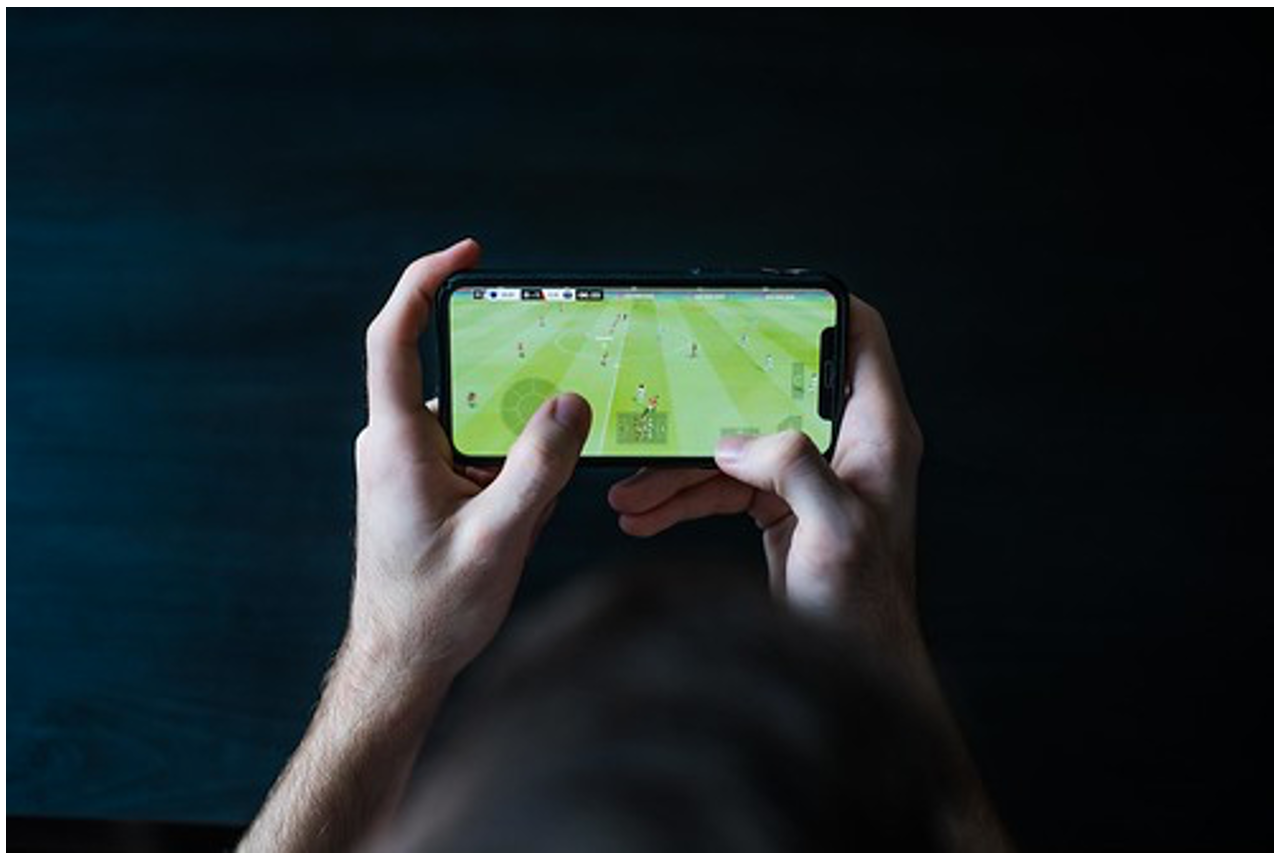Long regarded as secondary devices when it comes to video games, mobile phones have had a hard-fought battle proving themselves in the gaming sphere. All is not yet peachy, however, as in some ways they still fall behind their more traditional cousins. Esports is one such area, where smartphones are continuously underrepresented in high-level competition, but this could soon change. The last hurdle is being overcome, with the only question being, is there a way to balance this development against other systems?
A Matter of Control
Now extremely powerful in terms of hardware, the biggest problem that mobile gamers face is currently that of control. Simply put, the delay and lack of tactile feedback with touch screens make them poor substitutes for more efficient options like keyboards and mice. This means that in games that allow play between different systems, called crossplay, mobile gamers would usually be at a disadvantage. As the new Halo: Infinite has shown, however, this doesn’t always have to be the case.
Finding the Tipping Point
Available on both PC and Xbox consoles, Halo: Infinite builds on the classic shooter formula with new maps, modes, weapons, and more. It also allows crossplay, which has done great things for player numbers. According to common complaints, however, the aim assist on controllers is too highly tuned. Normally, players on keyboards and mice have the advantage, but the modifications to targeting in Halo: Infinite mean that controller players have the edge.
Though there are complaints that this effect is too strong, it does at least illustrate that mobiles could also see benefits through similar systems. Assists like these could be theoretically adapted into many different games, even those not traditionally suited to mobile play. You can read more here to see just how dominant PC play is in most eSports titles, where the possibilities of more players could have positive effects on overall industry size and participation.
As an approach, functions like aim assist are immense aids in leveling the playing field, but there is a problem here in that even within a title, skills vary wildly. Take a game like Battlefield 2042 for example. Heavily flawed at launch, the aim assist for this game was not as strong as many console players needed to compete in a crossplay environment. Essentially it was tuned for expert players on console, which meant it wasn’t strong enough for beginners and intermediates to be able to stand a chance.
Halo: Infinite has gone the other direction, where catering strongly to beginners translated to an enormous edge for anyone in the intermediate/expert levels. This disparity illustrates a tipping point and the difficulty of creating an environment where nobody has a distinct edge over others.
Is it Possible?
Still early in the age of crossplay, whether or not aim assist can ever fully address the control gap is an ongoing question. Like with hitbox controllers in the fight game community, rules are likely to be community decided and varied per game, confusing the issue further. If nothing else, however, the better controls will at least lead to more eSports competitions catering to mobile devices, which if you’re a huge fan, could be a very positive thing. Still, for the sake of avoiding hand cramps, it might be better to buy a controller anyway.


